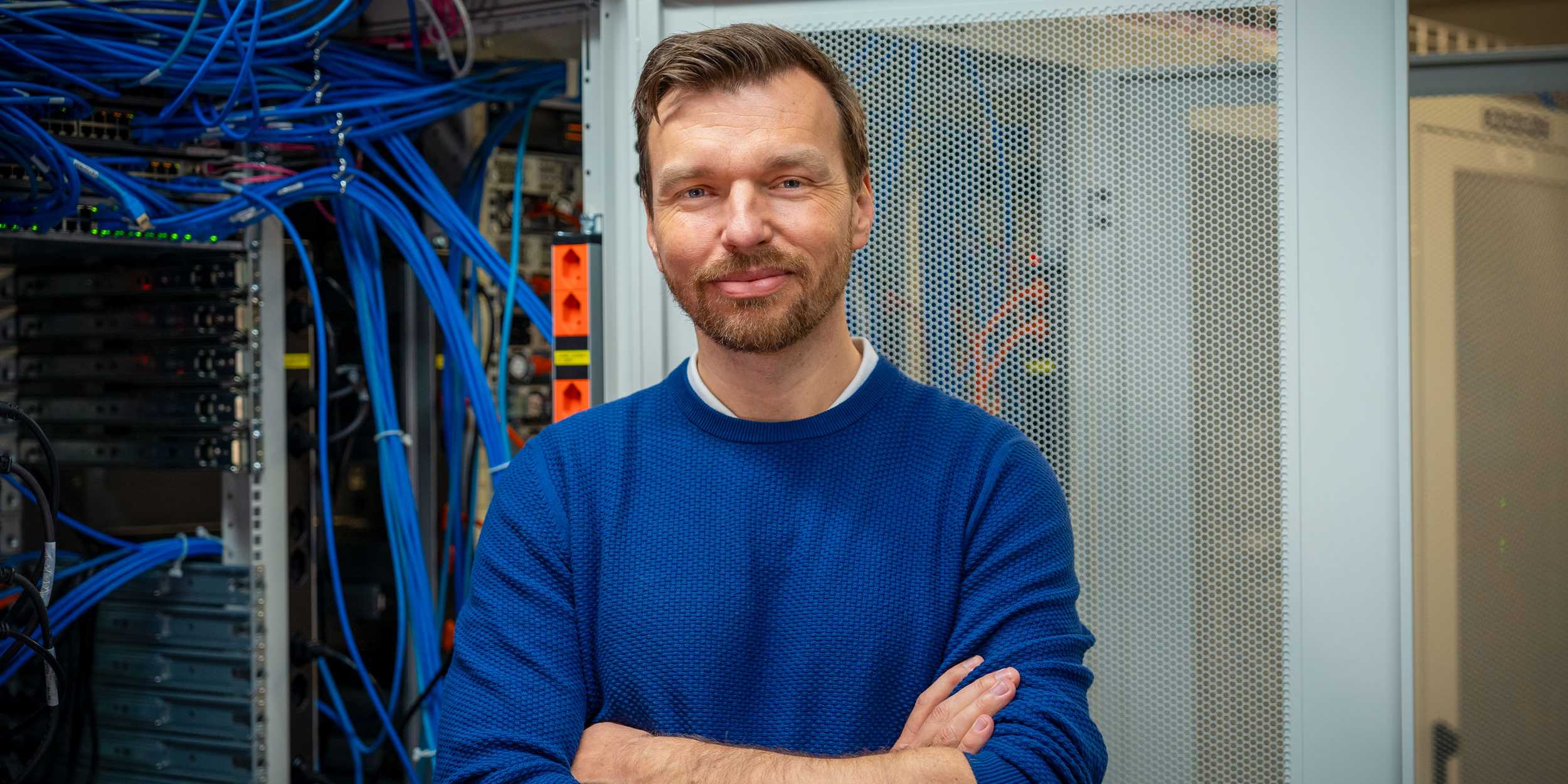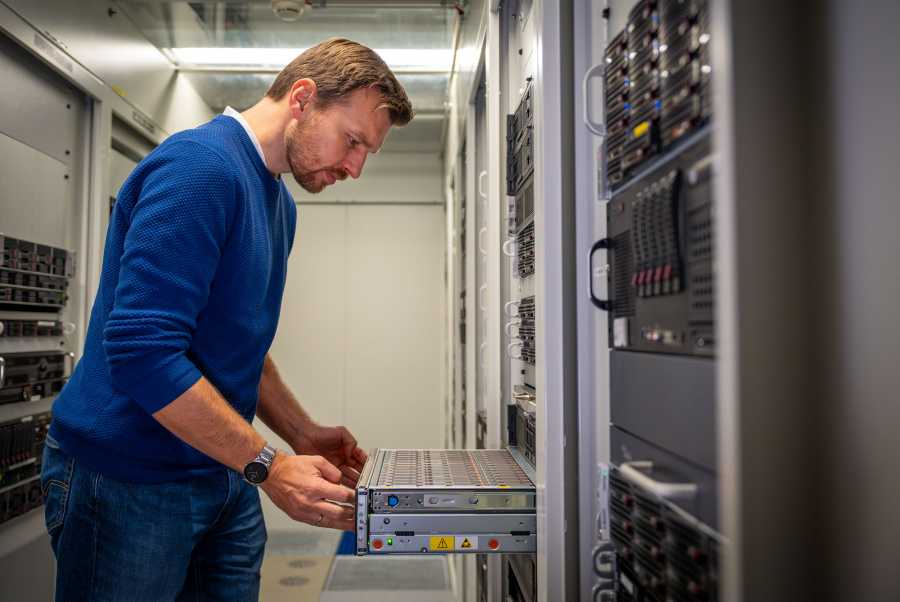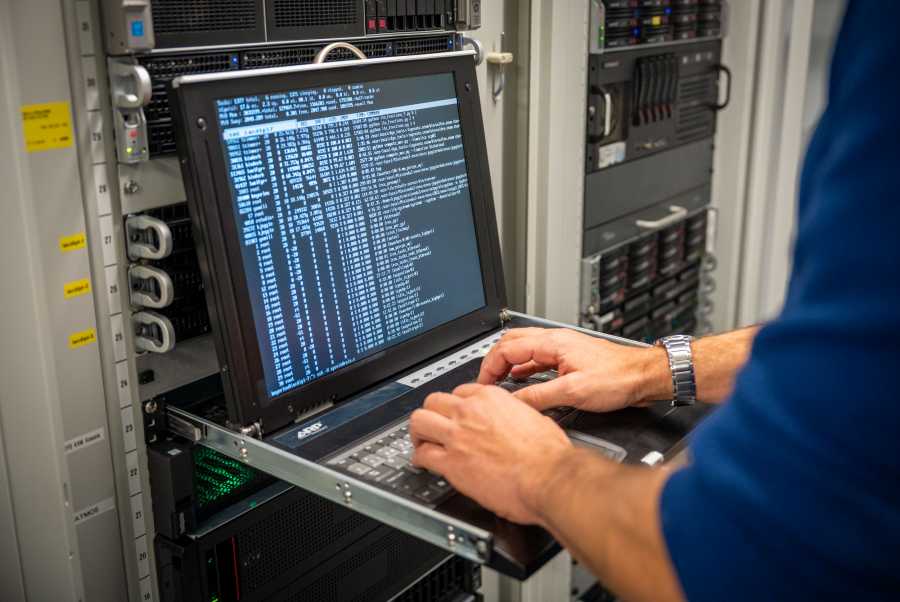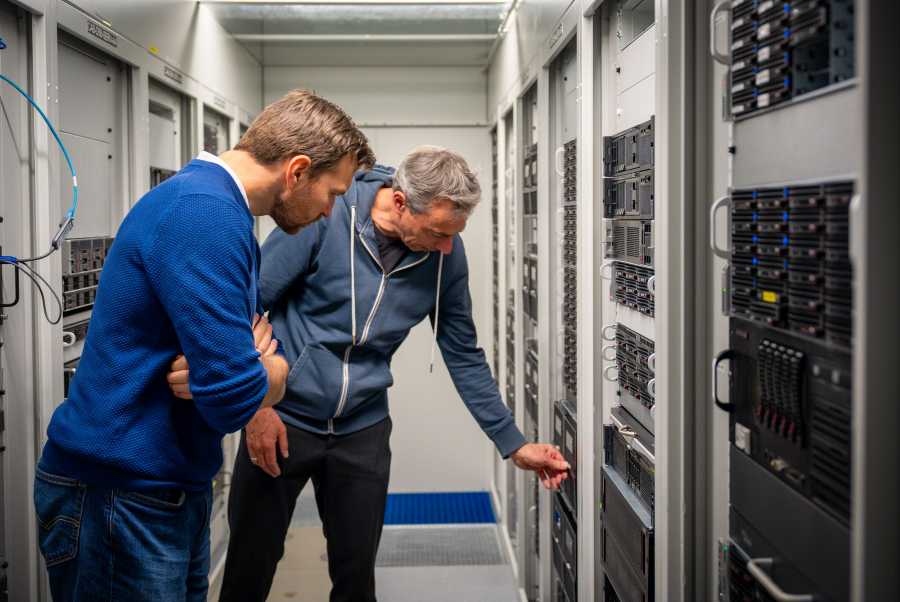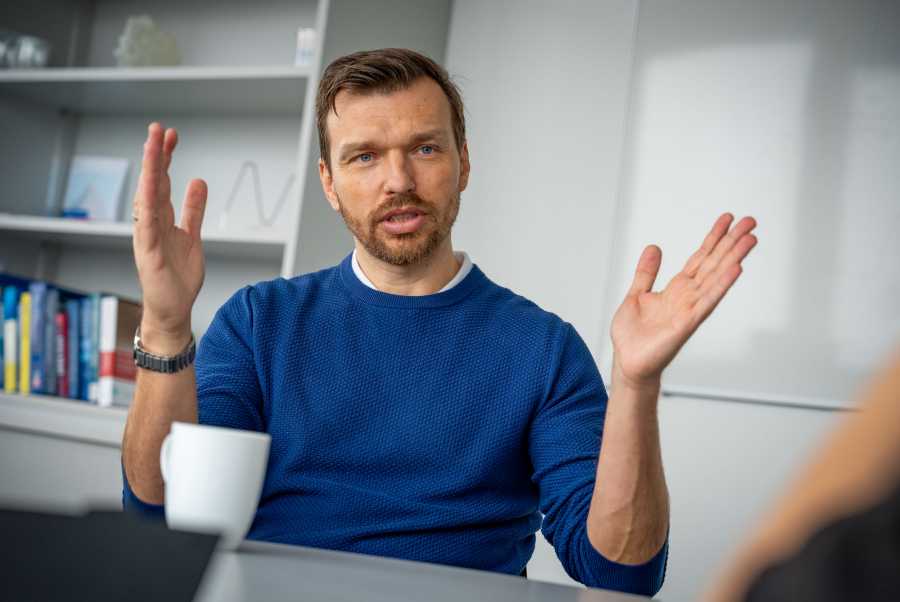Andreas, where do you come from and how long have you been interested in weather and climate?
I grew up on a farm in Austria. It was there that I developed a passion for the weather. Before making hay in the summer, my family would study the weather and it became clear to me even then that our livelihoods depend on the weather. Later, I worked in a flood area in the German army, which is where my interest in climate change comes from. I then studied in Austria, completed my master's and doctorate in climate physics and then went directly to the USA as a postdoc, where I stayed for 10 years.
What is your field of research at ETH Zurich?
My main interest is in extreme events at the regional and local level. I am focusing on a better understanding of the physical processes that contribute to changes in the frequency and intensity of extreme events in a warming climate. For example, I use the same fine-scale model as MeteoSwiss for my research, but I apply it to climate change. In addition, I am actively involved in various international activities within the framework of the World Climate Research Programme (external page WCRP) and work with stakeholders and end users to improve the practical application of my research results.
What would you like to have achieved at ETH Zurich in five years?
A major challenge with high-resolution simulations is that they are very compute-intensive. Every time you halve the grid size, the computing time increases tenfold. This means that it is not possible to calculate hundreds or thousands of years, although this could be useful for calculating climate and extreme events. The new high-performance computer at ETH Zurich opens up completely new possibilities for us.
A second goal concerns the way we handle our research data. How climate change will affect our region has already been fairly well researched. However, the effects of climate change in the Global South are much more severe. That is why we also have to make our data available to these countries so that it can help the local population to better prepare for impending events. One example is the dam burst in Libya that cost thousands of people their lives. A first step that I see in my area of responsibility is to create a scientific basis so that awareness can be raised and measures can be recommended. New technologies such as machine learning could also help to liberalise the way we handle data.
